India Reveals 23-Member Squad for AFC U17 Asian Cup 2026

India’s youth football pathway moves into the spotlight as head coach Bibiano Fernandes unveiled a 23-player roster for the AFC U17 Asian Cup 2026 Qualifiers, hosted this week at Ahmedabad’s EKA Arena. The squad arrives with a blend of regional stars, agile goalkeepers and dynamic attackers, each selected to tackle a compact qualifying schedule that pits India against Palestine, Chinese Taipei, Lebanon and Iran. With only the group winner progressing to the final tournament in Saudi Arabia, the margin for error is tiny and the stakes are unmistakably high.
The selection reflects a strategic balance between defensive solidity and attacking flair: three strong goalkeepers, a rearguard mixing pace and positional discipline, midfielders capable of retaining possession under pressure, and forwards with varied finishing skills. For many players, this tournament is their first major international proving ground and a chance to stake a claim for future youth and senior national duties. For the coaching staff, it’s an opportunity to convert promising talent into a cohesive unit that can withstand tournament intensity and travel the long road toward World Cup qualification.
Beyond results, this qualifying round is a test of temperament, squad management and match-day decision-making. Bibiano Fernandes and his support team must balance playing time, recovery and tactical tweaks across four matches in eight days. The pressure to win the group and keep India’s hopes for the U17 World Cup alive will shape every selection, substitution and set-piece plan the side deploys over the coming week.
Squad Composition and Roles
The 23-man squad combines regional representation with positional clarity. In goal, Manashjyoti Baruah, Maroof Shafi and Rajrup Sarkar bring presence, shot-stopping ability and training-ground composure—attributes essential for the blistering rhythm of youth tournaments. The defensive unit features players with diverse profiles: ball-playing full-backs, athletically strong centre-backs and a sweep-style defender capable of organizing the backline under pressure.
Midfield choices reflect a priority on transition control and pressing energy. Fernandes has selected players comfortable in tight spaces and adept at recycling possession quickly. The forward line boasts a mix of direct strikers and wider attackers who can stretch defenses and supply penetrating runs behind opposition lines. This balanced squad construction gives India tactical flexibility to approach each opponent with tailored game plans.
Fixture Roadmap and Qualification Stakes
India’s qualifying campaign begins immediately with a tough opening match against Palestine, followed by encounters with Chinese Taipei, Lebanon and Iran. Only the team topping the group will secure its place at the final tournament in Saudi Arabia, which is part of the qualification flow toward the FIFA U17 World Cup in Qatar next year. That single-slot format magnifies the importance of every match, meaning goal difference, discipline and timely scoring could decide the group winner.
Scheduling intensity is another factor. With fixtures spaced tightly, recovery and rotation will be critical. Fernandes must manage physical load while preserving tactical consistency. A strong start will be invaluable: early points relieve pressure and allow incremental tactical risk-taking. Conversely, an opening loss would force aggressive selection gambits and potentially expose the team to injury and fatigue risks.
Players to Watch and Match-Winners
The squad includes several players who have impressed domestically and are primed to make a mark on the continental stage. Young forwards with a knack for finding space in the box will be essential if India intends to convert dominance into goals. Midfielders who can switch play quickly and defenders comfortable in one-on-one duels will also draw attention from scouts and analysts alike.
Beyond raw talent, leadership qualities matter: a calm goalkeeper who commands the box, a defensive anchor who communicates effectively, and a midfielder with the temperament to control game tempo can all swing tight test matches in India’s favour. The tournament will be a showcase not only of individual brilliance but of how quickly young players can adapt to international pressure.
Coach Bibiano Fernandes’ Tactical Outlook
Bibiano Fernandes has emphasized a pragmatic approach that blends possession football with quick transitions. Expect India to prioritize structured pressing early in matches to unsettle opponents and then exploit wide areas with pacey wingers. Set-pieces and corners are likely to be focal points—coaches often rely on dead-ball situations to unlock tight matches in youth tournaments.
Rotation strategy will be central: maintaining high-energy performances across four fixtures requires carefully timed substitutions and tactical adjustments. Fernandes will also need to manage disciplinary risk; red cards or suspensions in a compact schedule can derail qualifying ambitions quickly. His experience in youth development will be crucial for keeping young players focused on execution under pressure.
Development Pathway and Long-Term Impact
Qualification success would do more than secure a place in the Saudi finals; it would validate portions of India’s youth development pathway and provide invaluable exposure for the players. Tournament experience at the continental level accelerates learning—players return with improved tactical awareness, resilience and adaptability. The developmental ripple effects can strengthen domestic leagues and fuel a pipeline of talent for the U20s and senior national sides.
Even for those who do not make the final tournament, participating in high-intensity qualifiers aids growth. Scouts, academies and clubs track young careers closely; strong performances can open opportunities abroad, increase training resources, and raise the overall quality of the national youth pool. For Indian football, such cycles of exposure and investment are central to long-term competitiveness on the Asian stage.
Conclusion: Expectations and the Road Ahead
As the AFC U17 Asian Cup 2026 Qualifiers kick off, India’s 23-member squad embodies a mix of ambition, potential and tactical purpose. The path to Saudi Arabia is narrow and exacting, but with thoughtful management and clinical execution, this side has the tools to compete for the top spot. Fans will watch closely as the young squad tests itself against regional rivals and chases a prize that could elevate the next generation of Indian footballers to international prominence.
Ultimately, the qualifiers are a litmus test for India’s youth development strategy and a fast-track chance for emerging players to stake their global claims. Whether through disciplined defending, creative midfield play or ruthless finishing up front, the team must translate preparation into performance—and seize the moment when it arrives at Ahmedabad’s EKA Arena.
Also Read: Yashasvi Jaiswal’s Key Weakness Exposed by Left-Arm Pace
Disclaimer
Possible11 is a sports news platform that provides live scores, player statistics, and tournament updates for informational and educational purposes only. We comply with the Online Gaming Bill, 2025 (India) and do not promote or engage with fantasy sports, betting, or real-money gaming platforms. All content is intended solely to enhance the sports experience. Possible11 is not affiliated with any fantasy or gambling applications and is not responsible for any financial gains or losses incurred on external platforms.


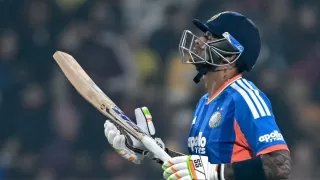
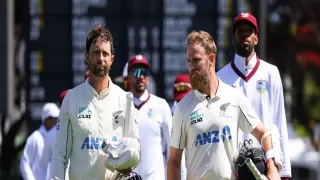

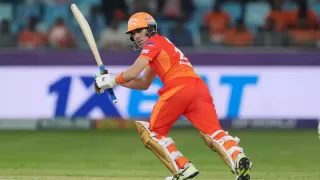


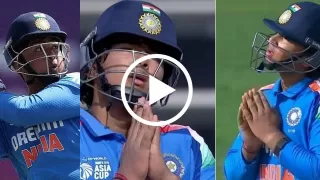
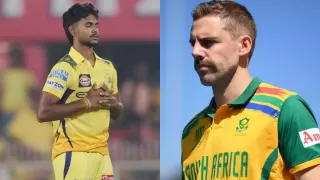
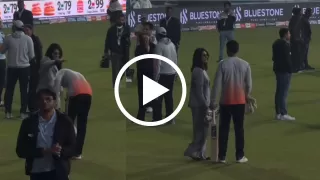
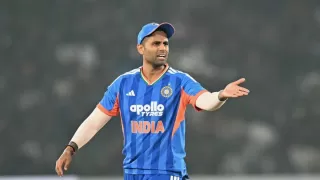
Give Your Feedback